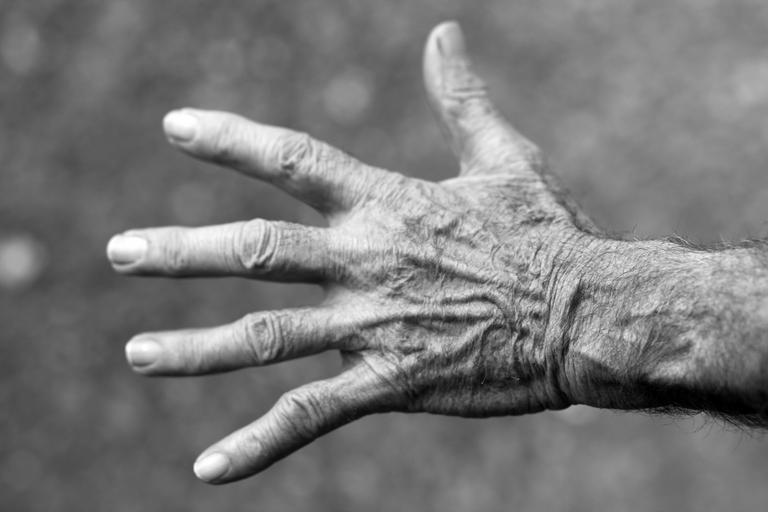As organisations continue to adapt to a faster pace of change and seek to achieve their organisational purpose, it’s essential that the resources and time needed to change are minimised. Improving performance by learning effectively from mistakes is a vital part of the change process but, as this article by Renshaw, Tucker and Norman shows, the method of learning employed is critical. As their study shows, After Action Review (AAR) is significantly more effective than traditional methods.
While this piece of research relates to patient safety and the reduction of falls among hospital inpatients, it should be noted that the principle applies to any people-focused business seeking to improve how its teams perform. We see this time and again from our After Action Review work with a wide variety of organisations across Europe.
There are two key points made in the research that I’d like to examine further. Firstly, that the evidence demonstrates that the routine application of AAR can and does lead to significant improvements in learning efficacy. Secondly, that it highlights the limitations of the traditional widely-held belief that a programme of change will succeed if people are well-educated and informed about best practice.
Whether you work in business or a clinical environment you should take notice of this, because both types of organisation frequently operate on the flawed principle that telling people what to do differently will bring about the required change. What we know as After Action Review Conductors, and what this piece of research illustrates so effectively, is that when you include people in learning from events and ask them to reflect and learn (as happens with the AAR process), the outcomes are far more effective and sustained.
Taking a traditional approach
Falls are the most frequently reported incident affecting hospital inpatients, with 247,000 falls occurring in inpatient settings each year in England alone, with 30% to 50% of these falls resulting in physical injury. The financial costs are estimated to be £506m per annum for acute providers so it’s a major problem that every acute hospital works to reduce, and Brighton and Sussex University Hospital (BSUH) is no different.
In 2009, a BSUH falls project team invested time and effort in bringing about positive change. In ways familiar to us whatever our work setting, they ran an organisation-wide campaign with a launch event, ensured the specific data for each setting was made explicit, and encouraged managers to develop their own action plans to reduce falls. Despite considerable effort like this being repeated every three months, the rate of falls did not decrease significantly.
Making a difference with After Action Review
With considerable wisdom, the falls project team then stepped back and reconsidered their approach and decided to tackle the falls rate in a very different way. They recognised that making the ward managers responsible for bringing about change might be misplaced and wondered if they could influence the nurses on the ward to be more falls-aware and persuade them to behave differently as a result. They decided to shift to using AARs after every fall, involving all staff directly involved in each incident, and patients and family members wherever possible.
A well-respected senior nurse led each After Action Review and created an atmosphere of curiosity and inclusion where all could review the fall within the local context and decide how to reduce the risk in future within the existing resources. The focus initially was on the eight wards with the highest rate of falls (9.1 falls per 1000 bed days) and here they saw the rate of falls reduced by 29% initially to 6.6 falls per 1000 bed stay days. After expanding the programme to an additional 31 inpatient wards, a rate of 3.4 falls per day has been achieved and sustained, creating an impressive 49% reduction overall in falls. The paper suggests that, between 2011 and 2019, this approach has led to 5108 fewer falls and a saving of £13.3 million.
Why the improvement?
This is a truly impressive outcome, and it’s important to consider why it should be the case. Firstly, After Action Review’s simple structure ensures that it’s a nimble and easy-to-apply learning process. Through the use of just four questions, within a framework expertly managed by a trained AAR Conductor, participants can review:
- What was expected to happen?
- What actually happened?
- Why was there a difference between what was expected and what actually happened?
- What are the lessons that can be learned?
Secondly, by engaging those directly involved in delivering care and encouraging them to learn for themselves through the AAR process, it makes the insights generated more personal and relevant. There is intrinsic value in the insights because they have the power to change behaviour and make patients safer from the instant the AAR has been completed.
Thirdly, After Action Reviews are conducted in an environment free of blame and hierarchy, where the sole purpose is to learn and improve together. It gives every participant a voice and empowers them to be a part of the change, rather than feeling that change is being done to them.
As the social anthropologist Margaret Mead said, “A small group of thoughtful people could change the world. Indeed, it’s the only thing that ever has.”
If you would like to know more about how to introduce AAR into your organisation and ensure you can get such impressive results, please get in touch.

